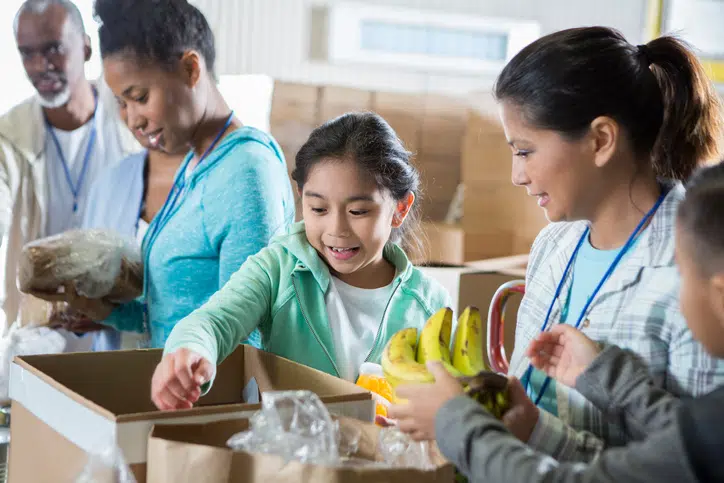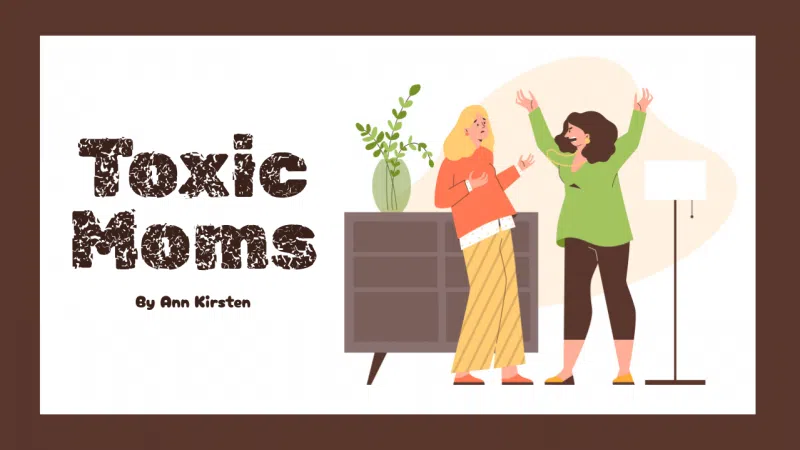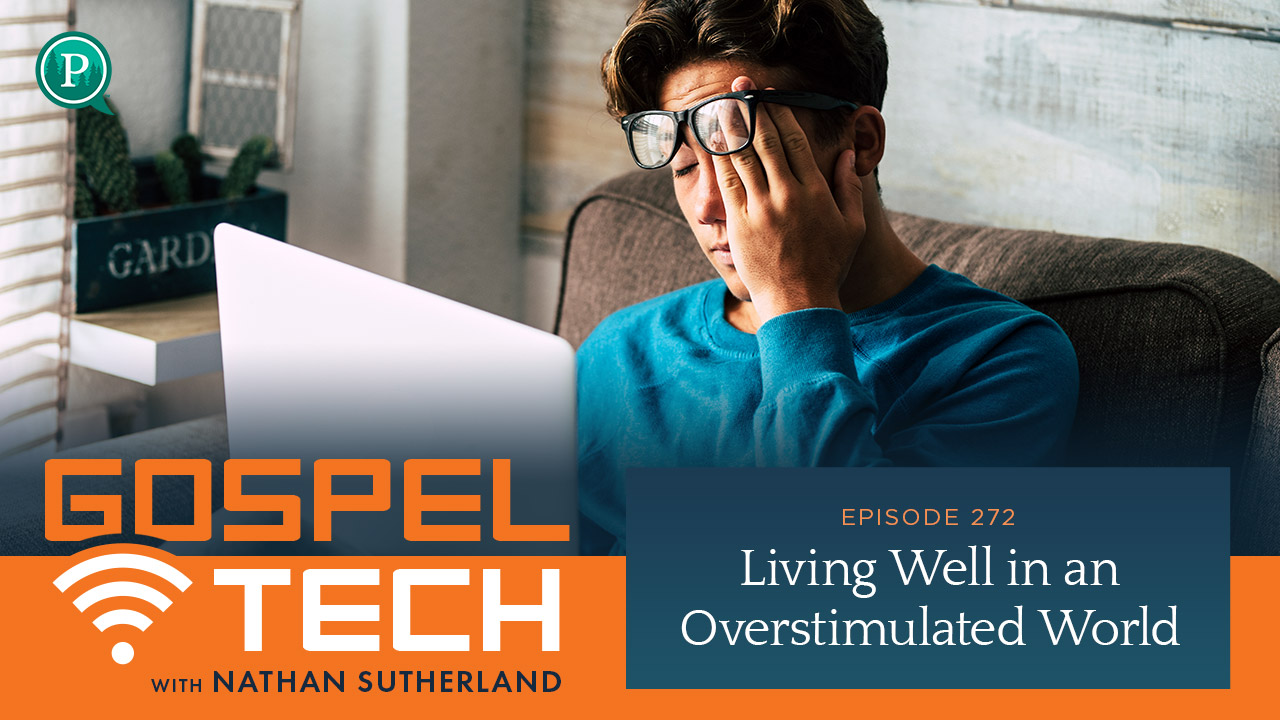Many schools are closing due to the quick spread of the Coronavirus (COVID-19). While we all admire our schools for keeping our future scholars safe, there are many adverse side effects of closing schools that we as parents should be aware of. These adverse side effects can be detrimental to the health of our communities which is why we should come together to address these negative experiences.
Loss of meals for lower-income students who rely on eating at schools
Many communities have a high percentage of their students who consume free and reduced breakfast and lunch. My residential state of North Carolina has 60% of students in public schools consuming free and reduced lunch. In my own county, close to 80% of students receive free and reduced lunch which means the meals that the children receive at school tend to be their main source of nutrition. Schools closing to decrease the spread of the virus creates a huge gap around food insecurity. Child hunger is a serious issue across the nation. 1 in 7 children in the United States lives with hunger. More than 11 million children in the United States live in “food insecure” homes, according to the U.S. Department of Agriculture (USDA). That means those families don’t have enough food for every family member to lead a healthy life. This doesn’t always mean that there is nothing to eat. But it can mean that children get smaller portions than they need, or parents aren’t able to afford nutritious foods. As a solution, I would encourage you to think outside of the box on how you can engage the community to address these needs whether it is a meal train, collaborating with local food pantries, or having prepared meals available at your church. We can come together as a village to address food insecurity during this time.
Sending students to homes where there’s no one to supervise them during the daytime
Although schools are closing, many places of business are not. Parents are having to decide between their income for livelihood and the potential of being unemployed by staying home to supervise their children. According to the labor force participation rate—the percent of the population working—for all women with children under age 18 is 71.5%. Married mothers remained less likely to participate in the labor force, at 69% yet still the majority of married mothers do work. There are many families whose sole source of income is maintained by the mother and these breadwinners/single mothers will now have to make hard decisions due to COVID-19. With so many mother employed; how can we better support them so they can continue to thrive in their employment as well as parenthood? As a solution, let’s build a community of support for our fellow mothers. Volunteer to let a neighbor’s children come over so the mother can get a few hours at work or maybe create safe and sanitary spaces for non-traditional childcare at this time. Again, think outside of the box to help keep our children safe and supervised.
Limited educational options for students who don’t have home Internet access
Currently, 34 million Americans don’t have access to broadband. A significant portion of that 34 million is students. If you’re used to lightning-fast speeds and quick downloads, it may be impossible to even imagine living without internet, but for more than 10 percent of Americans, it’s their daily reality. The majority of people without internet live in rural areas. There, the lack of access directly hampers their ability to take advantage of the educational opportunities available online during the school closures. Approximately 97% of the United States, land area is within rural counties, and 60 million people (roughly 19.3% of the population). With 1 out of 5 residing in rural communities, there is still a serious lack of internet infrastructure. In these communities, there is no ability for online learning and instruction. The price of the internet is also an additional burden for those who may have access but may be of lower income. This crisis has proven that the internet is not a privilege but a necessity for equal opportunities. Fortunately, there is hope for change, and many entities are working together to increase access in these areas. If you live close to a rural community it would be great to provide printed materials for those students stuck at home so they can get the same level of rigor as those with access to the internet.
Loss of wages for school employees who are paid by the hour
Not everyone has the opportunity to work in a salaried position or a position that can be remote at this time. We are grateful for our awesome teachers and all that they do but we also need to consider the many school employees that are hourly, and how their income may be affected by the closures. Bus drivers, substitutes, lunch ladies, and other hourly employees are not all guaranteed pay during this time and as a community, we can come together to address the financial burden this pandemic has caused. We can help provide meals, utility assistance, rent, and other financial assistance during this time to ensure that these awesome individuals that help supervise our children every day are well taken care of.
At this senseless time, we must learn to be a village. To support our neighbors in need and to care for others. Our neighbors’ problems become our own in a village and if we want our communities to prosper then we must come together as one and help those in need.
RELATED:
 Read more of Georgina’s contributions to AllMomDoes here.
Read more of Georgina’s contributions to AllMomDoes here.












